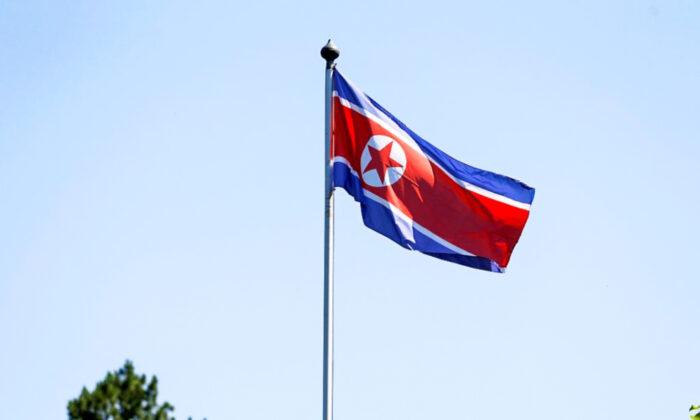North Korea has launched three ballistic missiles off its east coast on Wednesday local time, according to South Korea’s military, marking the first weapons fire in about two weeks and the 17th round this year. One of the missiles is believed to be an intercontinental ballistic missile (ICBM).
According to South Korea’s Joint Chiefs of Staff (JCS), the three ballistic missiles were launched in the space of less than an hour between 6 a.m. and 7 a.m. from the Sunan area of Pyongyang, the North Korean capital.
The first missile appeared to be an ICBM, while a second unidentified missile appears to have failed mid-flight, the JCS said. The third missile was a short-range ballistic missile, it said.
Japan’s coast guard also reported at least two launches. Japanese broadcaster NHK reported the missiles appeared to have landed outside the country’s exclusive economic zone.
“Our military’s show of force was intended to highlight our resolve to firmly respond to any North Korean provocations, including an ICBM launch, and our overwhelming capability and readiness to conduct a surgical strike on the origin of the provocation,” the JCS said in a statement.
The two countries had also offered to send COVID-19 vaccines to North Korea.
After traveling to South Korea, Biden went on to Japan, where he and Japanese Prime Minister Kishida Fumio agreed to work closely to address security challenges, which include North Korea’s nuclear and ballistic programs, as well as China’s “increasingly coercive” behavior in the Asia–Pacific region.
Separately, South Korean President Yoon Suk-yeol on Wednesday convened his first National Security Council meeting to discuss the North’s launches, his office said. Yoon, who took office on May 10, strongly condemned North Korea’s launches as a “a grave provocation that violates U.N. Security Council resolutions, raises tensions on the Korean Peninsula and in Northeast Asia, and threatens international peace.”
Just hours before Pyongyang’s missile launches, U.S. State Department spokesman Ned Price told reporters in Washington that North Korea may be about to conduct a major weapons test.
“Our concern for another potential provocation, be it an ICBM launch, be a potential seventh nuclear weapons test, our concern has not abated in any way,” he said.




